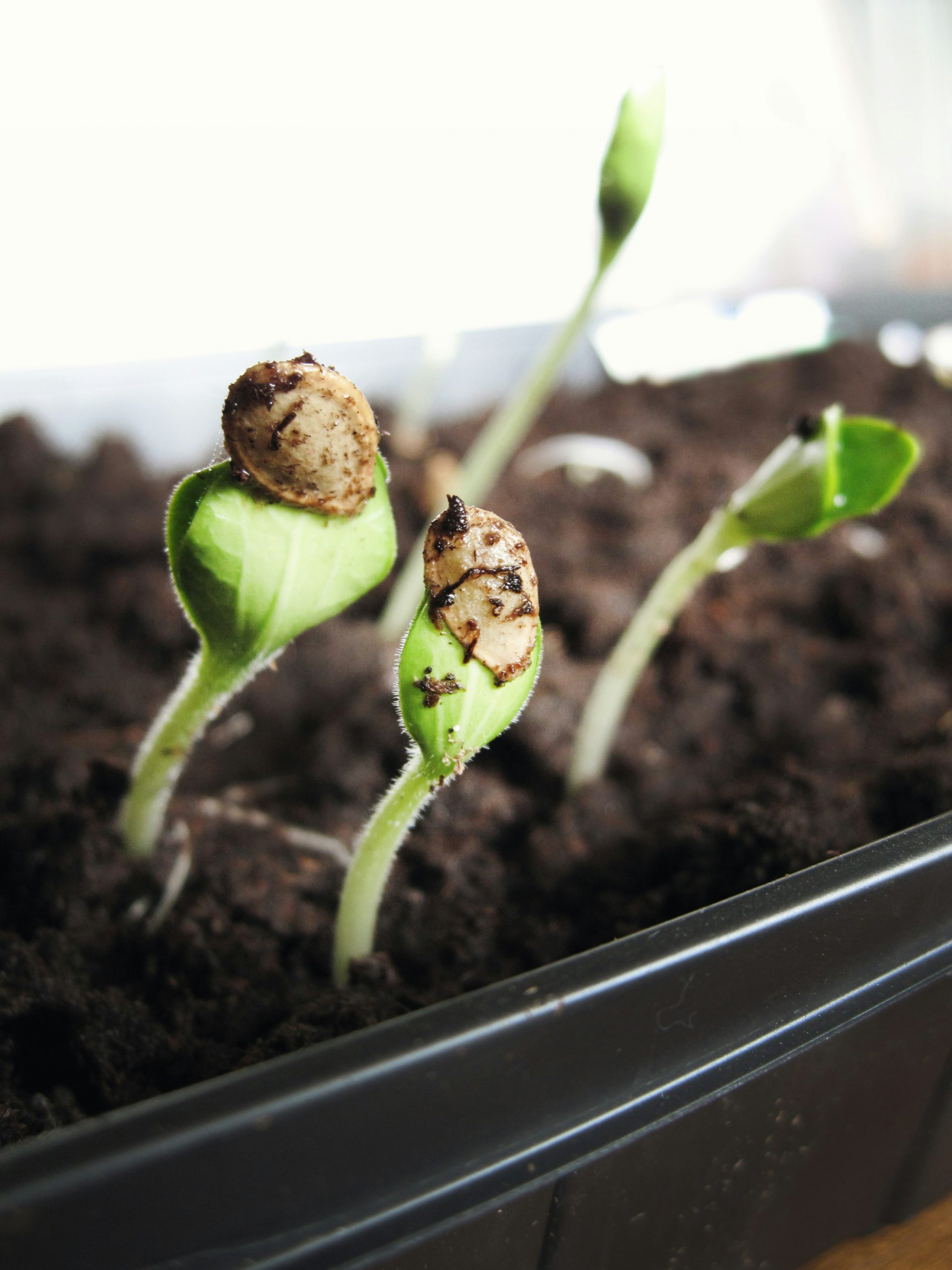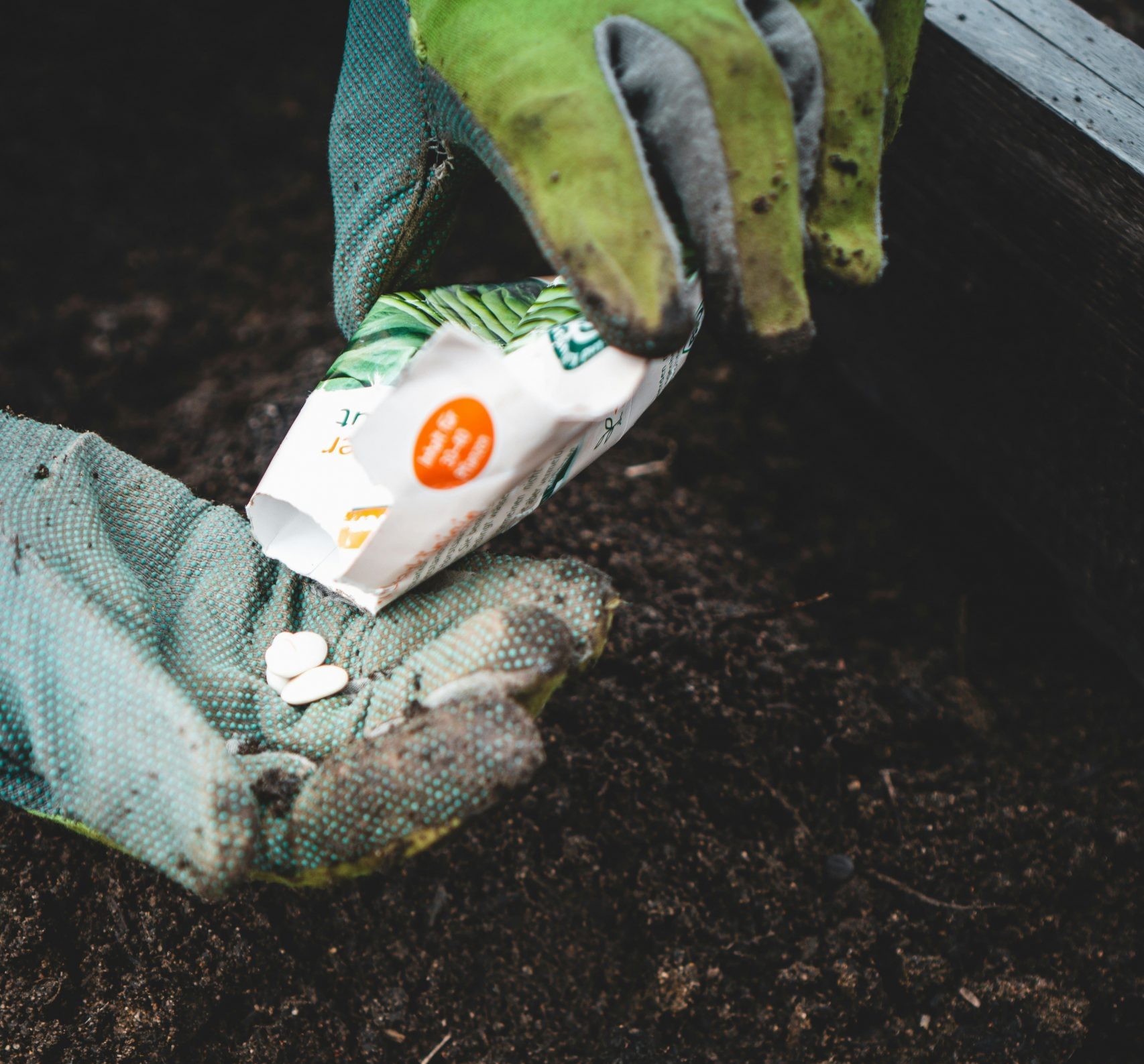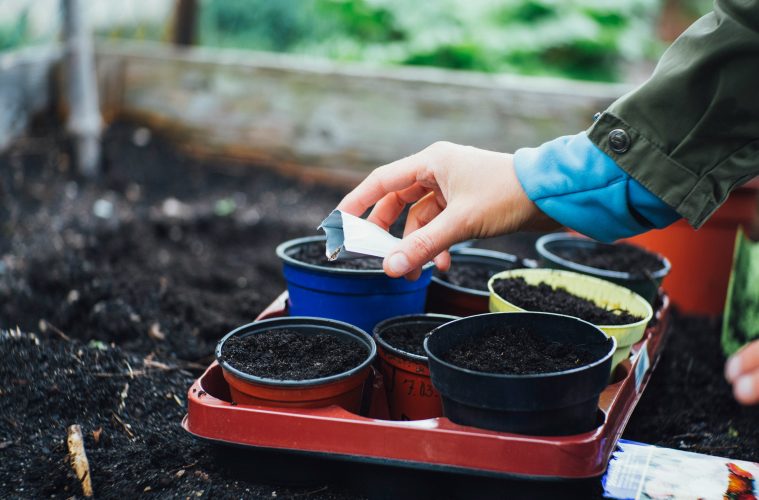Seeds are extraordinary living organisms, containing all the instructions necessary to grow into robust plants or vegetables. However, like all living things, seeds have a shelf life.
But how do you know if seeds have expired and whether they’re still good to plant? Let’s find out
The lifespan of seeds
Seeds are naturally designed to sprout and grow under the right conditions. In the wild, seeds fall from plants and germinate within a specific time frame. However, when seeds are stored in envelopes on shelves, their viability diminishes over time.
Factors affecting seed viability
The longevity of seeds depends on several factors, including seed type and storage conditions. Moisture, temperature, and exposure to light can impact a seed’s ability to germinate.

Pexels
Seed viability by type
Different seeds have varying lifespans:
- Carrot family: Seeds for carrots, celery, and cilantro have a short viability of one to two years.
- Onion family: Seeds for onions and shallots typically last up to a year.
- Cucumber family: Seeds for cucumbers and pumpkins can remain viable for up to six years.
- Brassica family: Seeds for broccoli, cabbage, and kale can last up to five years.
- Amaranth family: Seeds for beets and Swiss chard can remain viable for five years.
- Solanaceae family: Seeds for tomatoes and peppers can last up to five years.
- Aster family: Lettuce seeds can remain viable for up to five years.
- Fabaceae family: Beans and peas seeds have a lifespan of about four years.
- Mint family: Herbs like mint may lose viability within a year.

Unsplash
Testing seed viability
To test the viability of older seeds:
- Place ten seeds on a damp paper towel.
- Roll the paper towel and place it in a plastic bag.
- Keep the bag in a warm place.
- Check for sprouting after 7-10 days.
ALSO SEE: HOW TO SAVE SEEDS FOR THE NEXT HARVESTING SEASON
Feature image: Pexels

